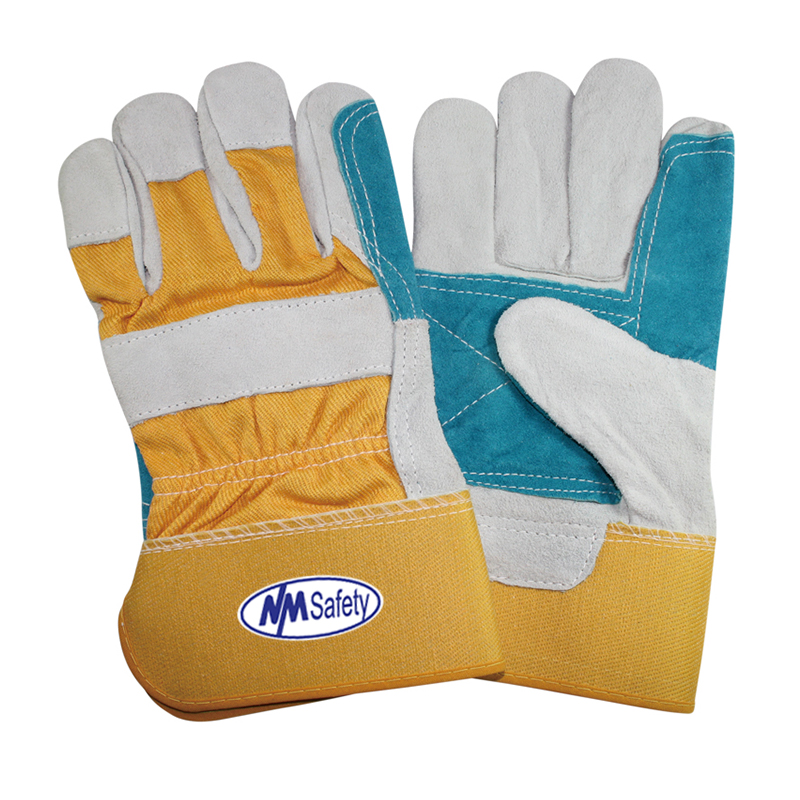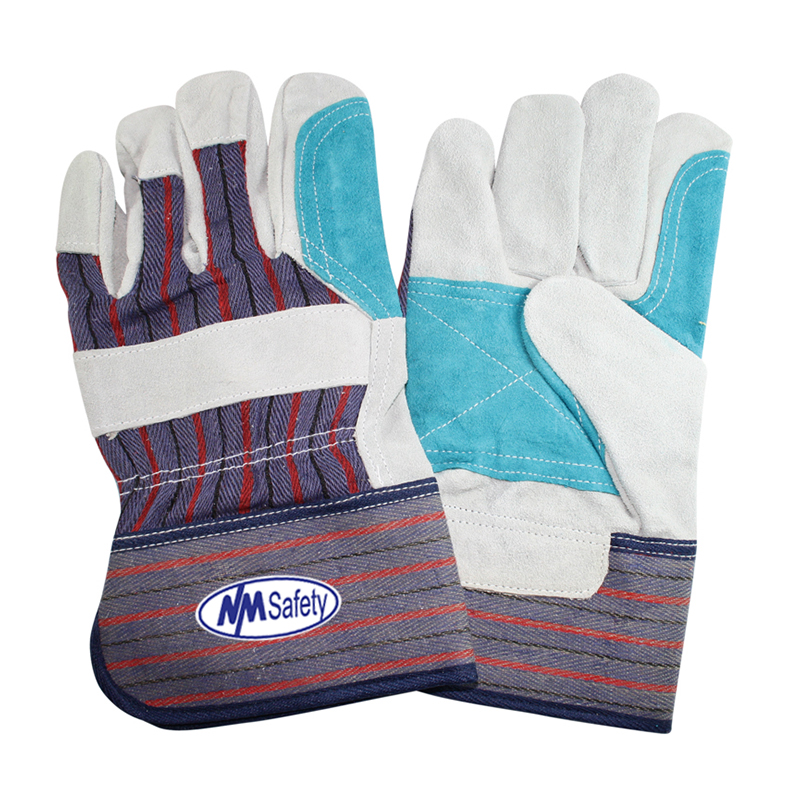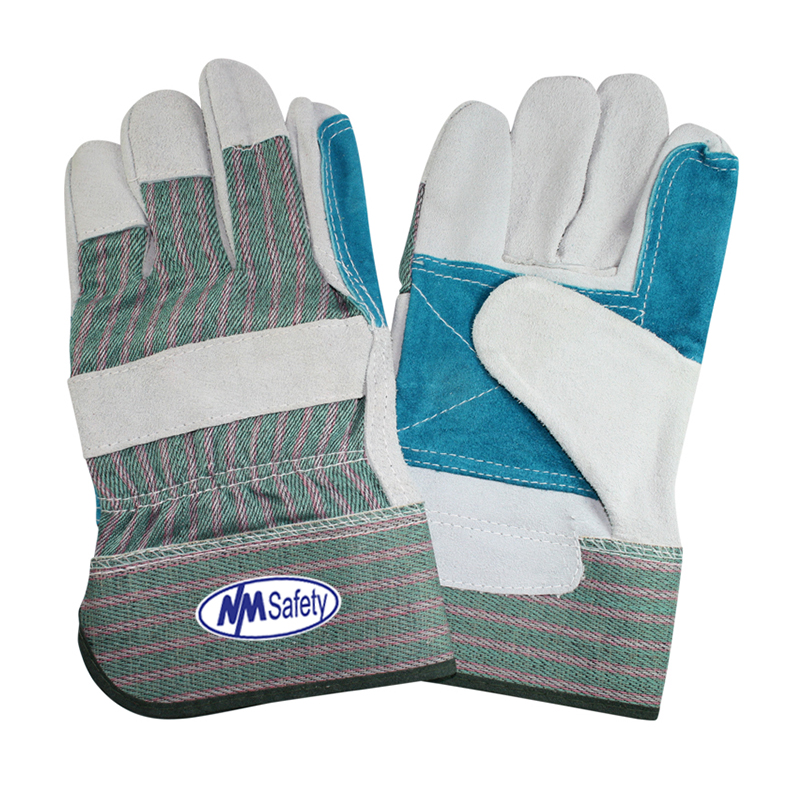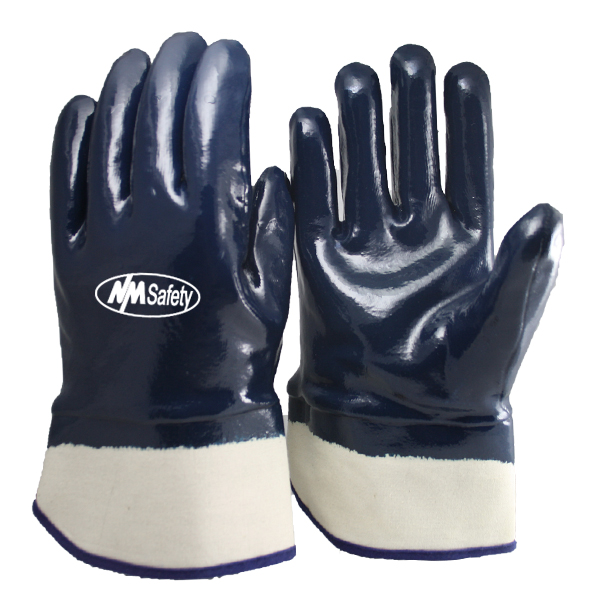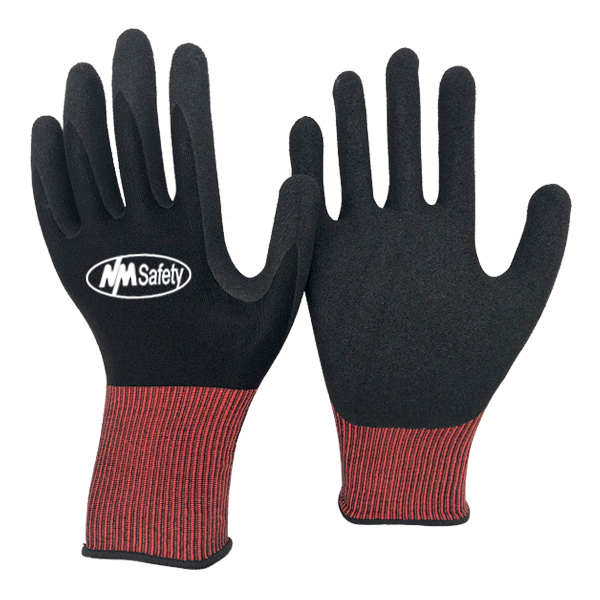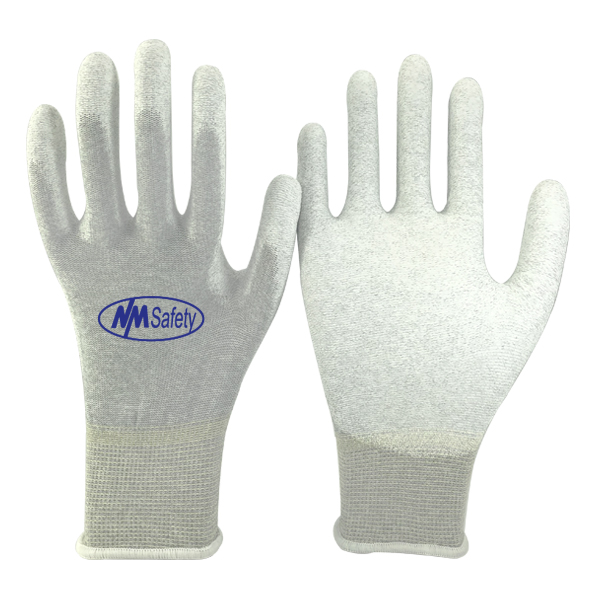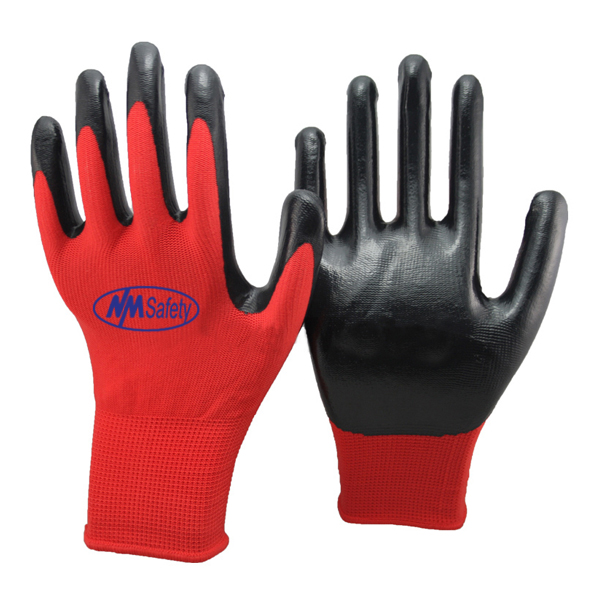Leather Work Gloves for Industry: Leather work gloves are a popular choice among operators when it comes to flame, fire, friction, and abrasion resistance, but with so many various options and hides, how does one determine which leather glove will get the job done?
Leather grains aren't all created equal. There are a variety of animals and applications used to make various grains stronger, lighter, more supple, or high-end. The method used to make each sort of leather is determined by the animal skin, and each hide has its own distinct appearance and feel. Let's start with the most basic types of leather available.
Cow split leather: Suede is a type of split leather work gloves that are most linked with larger animals. When leather is extracted from an animal's skin, it is incredibly thick, therefore the first thing that is done with it is to break it cross-sectionally into layers. The bottom layer is known as "split-leather." Split leather work gloves have a number of benefits:
-Due to their strong strands and how they interweave together, split leather is very abrasion-resistant.
-Synthetic products try but fail to match their level of abrasion resistance.
-The puncture resistance of split leather is incredible.
When compared to other forms of leather, Split-Leather is exceptional.
-It's more resistant to water than grain leather.
What Kind of Animal Hides Should You Get? Not all leather is created equal, and each variety has its own set of advantages and disadvantages. As a general rule, the thicker the leather, the larger the animal. Synthetic or artificial leather is made from a synthetic polymer foundation, such as PVC, and is processed to look like real leather, however companies like Clarino aren't similar. Let's have a look at the many sorts of animal hides that are most typically utilized in today's leather production:
Cowhide: It is heavy leather that is often used. It's simple to maintain, dirt and water-resistant, a good value for the texture, long-lasting, and comfy. Cowhide is dirt, water, heat, and abrasion-resistant. Cowhide is easy to break in, even if it is a little stiff at first.
Pigskin: It is a soft, supple, dense leather with a high lanolin content that is breathable and stays soft after being wet. It's soft, long-lasting, and breathable.
Sheepskin: It is a very soft and comfy material. It's a lighter, more delicate leather that's perfect for ultra-fine dexterity. It's highly adaptable, working in both temperate and hot regions. Sheepskin is also, for the most part, waterproof, and it doesn't have an oily feel to it. Sheepskin leather has a nice drape to it.
When should you put on your leather work gloves? Leather makes amazing leather labor gloves without a doubt. The question is if it is the best option for you at this time. Leather has several qualities that make it a popular and long-lasting material for leather work gloves:
- Resistance to cuts and punctures
- Maintaining control of your grip
- Resistant to impact
- Manual dexterity
- Convenience
Because it combines protection and dexterity, leather is an excellent protective material for everything from yard work to welding. Furthermore, even the most basic leather work gloves have benefited from technological developments. Improvements in the tanning process, for example, have resulted in less shrinkage and improved resistance to cuts, punctures, and impacts. Please keep in mind that some leather work gloves (especially professional, heavy-duty leather gloves) will have other materials, such as rubber, PVC (polyvinyl chloride), and other materials, added to them with care. If your job requires it, your gloves must have these extra protections. In fact, in some instances, gloves made completely of synthetic materials can function just as well as, if not better than, leather gloves. Gloves used in firefighting and rescue are a good example.
How to choose the right leather work gloves for the job: Leather is used to make a wide range of gloves because it is such a versatile and good-looking material. Here are a few of the many different types of leather work gloves we have, sorted by the most common jobs and tasks they are used for:
Gardening and landscaping leather gloves: When looking for gloves for yard labor, gardening, housekeeping, or landscaping, opt for something lightweight and breathable with leather cushioning where you need it the most — typically on the palms, fingers, and knuckles.
Leather gloves are required for a variety of occupations, including electrical work, construction, and home repair: Leather gloves are required for a variety of tasks, including electrical work, construction, and home repair. In this case, you'll need a versatile, snug-fitting, lightweight glove with excellent dexterity. A glove like this is great because of its one-piece goat-skin leather palm, reinforced thumb, and form-fitting spandex across the back. This is also a terrific landscaping choice.
Who would've imagined that a set of labor gloves might be the matter of life and death? Work gloves can either make your life easier and more comfortable, or they can completely save your life. Despite how dramatic it may sound, your workplace may expose you to a variety of risks ranging from disagreeable to lethal. Gloves, while not typically the first item that comes to mind when thinking of safety gear, help to protect one of the most important instruments that individuals have: their hands. But, with so many work gloves to choose from, where does a hard worker start?
Conclusion: From heavy-duty safety gloves to thermal and medical gloves, NMSafety has a wide selection of work gloves. Not all gloves are created equal, but we thought it could be helpful to direct our customers in the right direction if they're unsure which type of safety gloves they need for their particular industry. Please bear in mind that our suggestions are based on our knowledge of the typical working environment in each of these professions; you should always double-check with your supervisor to ensure that the gloves you purchase will protect you appropriately!




